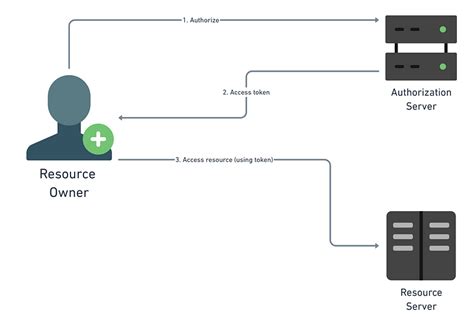Here’s a comprehensive article on “Crypto”, “Mainnet”, “Order Flow”, and “Token” with the title “The Intersection of Crypto, Mainnet, Order Flow, and Tokens in Modern Blockchain Ecosystems”:
The Intersection of Crypto, Mainnet, Order Flow, and Tokens in Modern Blockchain Ecosystems
The world of cryptocurrency has been rapidly evolving since its inception in 2009. The rise of decentralized applications (dApps), smart contracts, and the blockchain ledger has revolutionized the way we think about financial transactions and data sharing. At the heart of this revolution are three key components: crypto, mainnet, order flow, and tokens.
Crypto
The term “crypto” in cryptocurrency refers to the underlying technology that enables secure, decentralized, and transparent financial transactions. This is achieved through blockchain networks, which use cryptography and a peer-to-peer (P2P) network architecture to securely store and verify transactions. Bitcoin, the first and most well-known cryptocurrency, was launched in 2009 as an open-source software project.
Mainnet
The mainnet is the primary public network that hosts the vast majority of cryptocurrencies, including Bitcoin, Ethereum, and others. This network is responsible for accepting new transactions, validating them, and creating a permanent record of all transactions on the blockchain. The mainnet is designed to be scalable, secure, and decentralized, with a focus on preventing centralization and ensuring that transactions are irreversible.
Order Flow
Order flow refers to the data that flows through a cryptocurrency exchange’s platform, providing insights into market activity and facilitating trading decisions. Order flow metrics, such as trade volume, bid-ask spreads, and liquidity, help traders identify opportunities and manage risk. These metrics are essential for building accurate price predictions and optimizing trading strategies.
Tokens
Tokens are digital assets that represent a specific value or asset on a blockchain network. They can be used to represent ownership, rights, or claims to a particular resource, such as cryptocurrency, data, or physical assets. Tokens offer a range of benefits, including increased transparency, reduced intermediation costs, and improved security.
Interactions between Crypto, Mainnet, Order Flow, and Tokens
The intersection of crypto, mainnet, order flow, and tokens is a symbiotic relationship that enables efficient and secure transactions. Here are some key interactions:
- Mainnet transaction validation

: The mainnet validates transactions on the blockchain ledger, ensuring their authenticity and integrity.
- Order flow data collection: Order flow metrics are collected and processed by exchanges to provide insights into market activity and facilitate trading decisions.
- Token distribution: Tokens can be created, distributed, or traded on a cryptocurrency exchange, allowing users to access various assets and opportunities.
- Security protocols: Token security protocols, such as multi-signature wallets, smart contracts, and decentralized finance (DeFi) platforms, help maintain the integrity of tokens and prevent centralization.
Conclusion
The intersection of crypto, mainnet, order flow, and tokens in modern blockchain ecosystems is a complex and multifaceted relationship. By understanding these key components, traders, investors, and developers can better navigate the world of cryptocurrency and create innovative applications that harness the power of blockchain technology. As the ecosystem continues to evolve, it’s essential to stay informed about these interconnected technologies and their implications for financial markets and society as a whole.